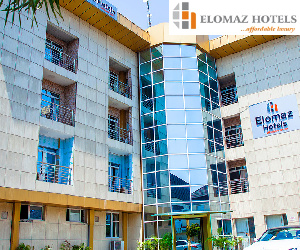The Nigerian Electricity Regulatory Commission (NERC) has released a comprehensive performance review outlining the operational efficiency of power plants across the country.
In an official report disseminated today, the NERC’s operational performance factsheet provides critical insights into the state of Nigeria’s power sector.
According to the report, grid-connected power plants achieved a plant availability factor of 38%.
This figure indicates that approximately 5,200 megawatts were operational out of a total installed capacity of 13,625 MW, underscoring the challenges related to plant availability in meeting national electricity demand.
The load factor, which measures how effectively the available capacity is utilized, stood impressively at 78%.
This translates into a remarkable average generation of 4,091 megawatt-hours per hour, reflecting a significant utilization of the available resources despite the limitations in capacity.
Read Also:
- Consumers reject planned sale of power plants
- Delta New Electricity Policy: What it means for you
- Minister seeks synergy between federal, state govts in power sector
Highlighted in the review are the top-performing power plants, including Zungeru, Egbin, Kainji, and Jebba, which have consistently demonstrated high reliability and output.
These plants serve as benchmarks for performance within the sector, showcasing what can be achieved with improved management and operational practices.
The report offers valuable insights into the current state of Nigeria’s power system, identifying both strengths and areas necessitating improvement across the electricity value chain.
By analyzing these findings, stakeholders can better understand the vital factors contributing to overall system performance and the necessary steps to address ongoing energy challenges.





